How To Create An Ergonomic And Cozy Room For Your Children
The concept of personal space is often overlooked, yet it plays a vital role in our daily lives. As children, we crave our own sanctuaries where we can feel secure and belong. This desire for solitude translates to the importance of having an ergonomic space, particularly for students who are striving to learn and grow. In today’s digital age, distractions are rampant, making it challenging for individuals to focus on their studies.
As a result, many students resort to seeking help from online essay services, leaving them feeling guilty and helpless. However, by creating a conducive learning environment, students can regain control over their academic journey. A well-designed room can be a game-changer, fostering creativity, comfort, and productivity.
By incorporating simple yet effective tips, such as optimizing furniture placement, providing ergonomic support, leveraging technology wisely, and establishing a schedule, individuals can transform their space into a haven for learning.
Why should a room be ergonomic and cozy?
As young minds develop, it’s crucial to establish a clear understanding of the difference between learning and leisure. If children fail to distinguish between study time and relaxation, their productivity may suffer significantly, ultimately affecting their views and development later in life. The physical space where they learn can also have a profound impact on their academic performance.
For instance, attempting to study while resting or lounging can be detrimental, especially for young bodies still developing. In contrast, a supportive and comfortable environment can help children grasp the distinction between rest and work. While hobbies are often considered ideal forms of engagement, they differ fundamentally from both study and relaxation.
By prioritizing room ergonomics, parents can enhance their child’s grades and overall well-being – a far cry from the constraints of school, where students must adapt to existing seating arrangements. Moreover, as children navigate the demands of education, having a personal space for learning can instill a profound appreciation for the role that surroundings play in shaping one’s experiences and outcomes.
Where to start creating a supportive learning environment?
When embarking on this journey, it’s common to feel overwhelmed by the sheer magnitude of what lies ahead. The most daunting part is often taking that initial step, after which ideas tend to flow naturally; the key is to remember why you’re doing this in the first place and keep in mind that you’re not solely doing it for personal gain. In fact, it’s essential to prioritize the opinions and preferences of the child involved.
If you have a dedicated space in your home or apartment, you may find that simply incorporating necessary details can create an inviting environment for children. However, many people don’t have this luxury. As such, it’s crucial to think creatively and utilize available resources to overcome these challenges. For instance, here are some tips for transforming any room into a more ergonomic space.
Find a suitable place.
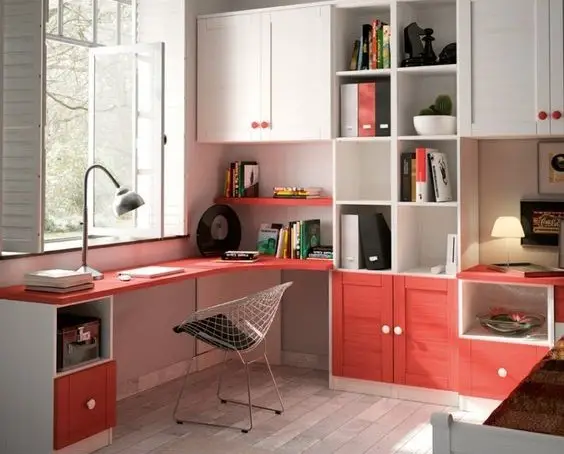
When it comes to setting up a conducive environment for your child to complete their homework or engage in other learning activities, several factors come into play. Firstly, natural light is crucial, as research has shown that individuals struggle to process information in environments devoid of good lighting. Furthermore, ensuring the space has all the necessary amenities such as a comfortable chair, sturdy table, reliable computer, and stable internet connection is vital.
This is especially important in today’s digital age, where online resources are an integral part of the learning process. A good reference point is often essential for completing tasks efficiently. The quality of lighting can also impact the overall grading experience. By leveraging the power of the internet, your child can access a wealth of educational content and seek guidance from professional services in subjects that may be challenging for them.
To foster a sense of immersion and dedication to learning, it’s essential to create an environment that your child associates with productivity and focus. For creative pursuits, consider designating a separate area to avoid monotony and keep the process fresh.
Provide comfort to the body.
When it comes to learning, proper body positioning is crucial for both comfort and effectiveness. The items you already have at home can help ensure your child’s posture is optimal. For instance, pillows can provide excellent support for their back, promoting a healthy spinal alignment.
Similarly, if you’re planning an interactive lesson in the kitchen, but your child doesn’t quite reach the table, consider placing books or materials on a sturdy chair or surface to allow them to rest their elbows comfortably. During training sessions, it’s essential that your child’s skeleton is properly aligned to prevent curvature of the spine and reduce the risk of edema.
Don’t ignore technology.

Technological advancements have become an integral part of our daily lives, but their misuse can have a significant impact on the ergonomics of our everyday routine. The proliferation of social media platforms like Instagram is a prime example of this phenomenon. We often find ourselves getting sucked into endless scrolling, only to realize hours have passed and we’re left with aches and pains from prolonged screen time.
To mitigate this issue, it’s essential to establish boundaries around screen use. In the context of learning, this means ensuring that screens are positioned at eye level and investing in ergonomic accessories like laptop stands or headphones. By taking these simple steps, we can reduce distractions, promote comfortable viewing habits, and ultimately improve our overall well-being.
Make a schedule.
Rebuilding a routine after a pandemic lifestyle can be challenging, but it’s crucial for learning. A structured plan is essential, and setting one for your child in offline times can help. To maintain motivation throughout the day, consider alternating classes or taking regular breaks every hour to exercise or take a short walk. This will not only boost productivity but also keep your child’s energy levels up.
In addition to establishing a daily routine, it’s vital to nourish their bodies with the right foods that support brain function. Remember, your child may still struggle with certain tasks or be late due to overwhelming workloads. If needed, professional services can provide valuable assistance, and if writing isn’t their forte, you can even opt for essay-writing help.
Tips for a cozy child’s room
While ergonomics and practicality are crucial elements in designing a workspace, it’s equally important to infuse your space with soul. A harmonious blend of comfort, color, and inspiration is what truly brings out the best in creativity. Think about it, when you’re working on a challenging problem set or brainstorming innovative ideas, don’t you feel more energized and motivated by being surrounded by elements that bring you joy?
It’s as if the muse is more likely to pay a visit when your space exudes warmth and coziness. To create an atmosphere that sparks inspiration, try incorporating these simple yet effective tips:
Store things upright.

In rooms with limited floor space, incorporating vertical storage solutions can be a game-changer. By utilizing walls as a foundation for organization, you can create a sense of openness and freedom. This is particularly effective when using shelves, shelving units, files, and baskets to store items. The modern aesthetic often incorporates wall-mounted boards that can be customized with hooks, containers, and other stationery.
Not only does this design choice help keep the floor clear, but it also allows for a clutter-free environment that permits the brain to function optimally.
Take care of your reading nook.

A well-designed reading corner injects a touch of sophistication into any room, making it more conducive to learning and study. This cozy nook can be seamlessly integrated with other recreational spaces, featuring an eclectic mix of educational materials such as novels, comics, and textbooks. The goal is to foster a love for reading in children, rather than viewing it as a chore.
To achieve this, consider incorporating plush seating options like cushions, couches, or armchairs, which can be paired with unique features that spark your child’s imagination.
Install a hammock or pillows.
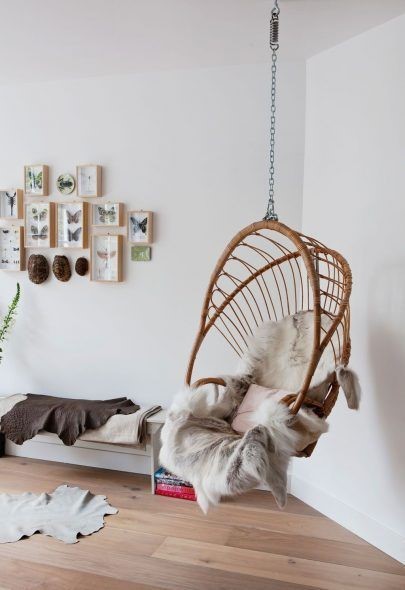
Transform your child’s learning space into an inviting oasis by incorporating plush elements. Consider adding a hanging hammock chair or oversized throw pillows to create a cozy atmosphere. To take it to the next level, place a rug or floor cushions under the chair to encourage relaxation and make the area perfect for short study breaks. This thoughtful touch will turn their studying experience into a dream-like scenario reminiscent of Pinterest-perfect spaces.
Organize the stationery.
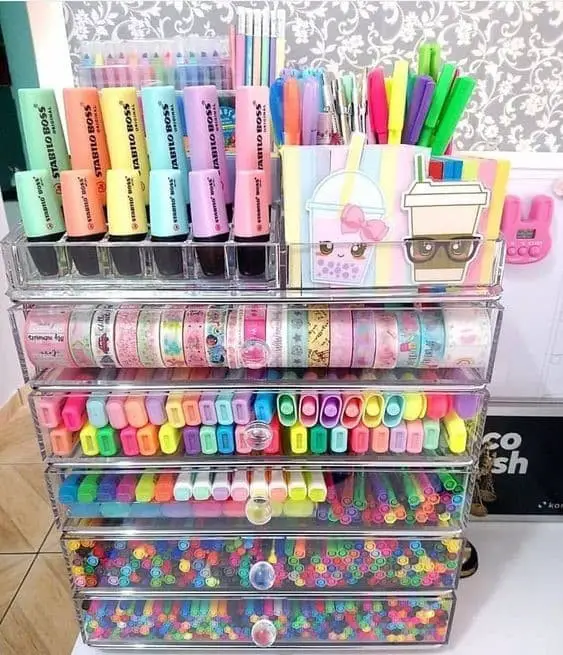
To create an ideal study environment for your kids, it’s essential to maintain a tidy space. A clutter-free zone can significantly boost their focus and productivity. One effective way to achieve this is by organizing stationery and writing supplies using organizers or boxes. These tools provide multiple compartments, keeping everything in its place and making it easier to find what you need.
For miscellaneous items that tend to clutter up the table, storage boxes and baskets are excellent solutions. Additionally, consider investing in a three-tiered shelving unit on wheels, which offers extra storage capacity while being easy to move around the room. By implementing these simple organizational strategies, you’ll be well on your way to creating a harmonious study space that fosters learning and growth.
Find a place to be creative.

To foster creativity and innovation, consider designating a dedicated space within your child’s room for artistic expression. This corner should be stocked with an array of art supplies, encouraging experimentation and exploration. A wooden easel or double-sided whiteboard can serve as a visually appealing focal point, perfect for brainstorming ideas or sketching out projects.
If your child has a passion for music, incorporate musical instruments like guitars, pianos, drums, or other favorites into this creative zone. By doing so, you’ll be nurturing their artistic side and providing a unique outlet for self-expression.
Add colors.
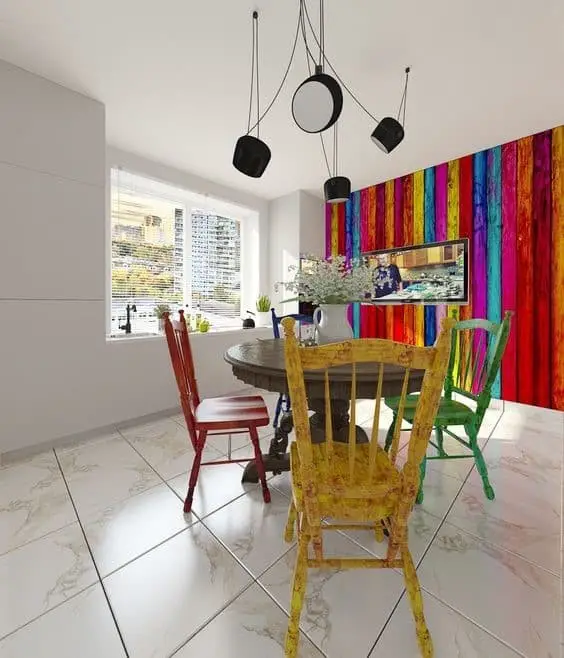
The brain’s response to vibrant colors plays a significant role in enhancing learning abilities in young children. A plethora of scientific evidence supports the notion that incorporating color into their environment can have a profound impact on their cognitive development. By infusing a room with hues such as blue, which promotes relaxation, green, which fosters concentration, red, which encourages creativity, and orange, which boosts mood, parents can create an ideal learning space.
This can be achieved without repainting walls; instead, incorporating decorative elements like colorful furniture, rugs, or wall decals can have a similar effect.
Hang up motivation.

While it’s not possible to constantly monitor a child’s homework, there are alternative strategies that can foster self-motivation. One effective approach is to surround them with inspiring quotes that align with their interests. By placing these motivational phrases in a prominent location, such as on the wall or near their workspace, you can create a silent coach that encourages and motivates them without being intrusive.
This technique helps children develop a sense of autonomy and self-reliance, allowing them to stay motivated even when you’re not directly monitoring their progress.
Use nature.
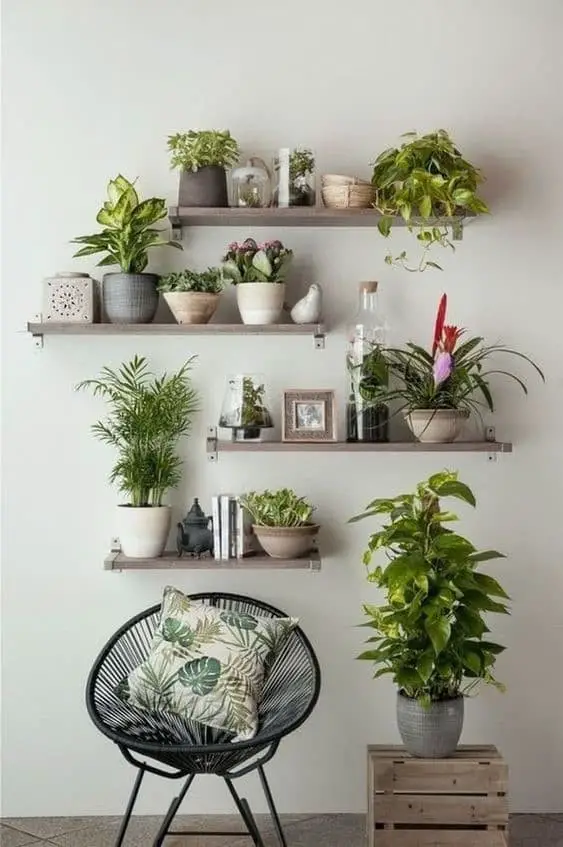
Indoor plants bring a plethora of benefits to the interior space. Not only do they visually enhance the area with their vibrant colors, but they also contribute to a healthier environment by increasing oxygen saturation, thereby facilitating neuronal function. The diversity of indoor plants allows for flexibility in selection, and even young children can learn valuable lessons about responsibility and empathy through plant care.
Furthermore, the presence of flowers is known to create a welcoming, cozy ambiance that evokes feelings of serenity.
What if it doesn’t work?
While your efforts may not always yield the desired results, the tips provided earlier will still contribute to creating a comfortable and ergonomic environment for your child. However, it’s natural to encounter obstacles, and that’s where professional assistance can step in. When difficulties arise, you can turn to online services that offer expert help in learning, ensuring your child completes their academic assignments with ease.
Whether the task is an essay or a complex problem, rest assured that you’ll get a secure, swift, and affordable solution.
Related Posts
As Black Friday sales approach, new parents are on the lookout for unbeatable deals on baby monitors to keep their little ones safe and sound. In this draft, we’ll explore the top 8 baby monitors to watch out for during Black Friday sales in 2024. But before we dive into those must-have monitors, let’s take a step back and discuss some essential tips to kid-proof your house and make it a haven for your tiny tots.
A well-prepared nursery is also crucial, and with the help of these incredible Black Friday deals, you can upgrade your little one’s sleep space without breaking the bank. Meanwhile, if you’re looking for inspiration on how to turn your basement into an epic playroom or furnish those kids’ rooms with style, we’ve got you covered.
From dormitory decorating ideas to creative designs, this draft is packed with valuable advice and stunning visuals to help you turn your home into a haven for your family.






